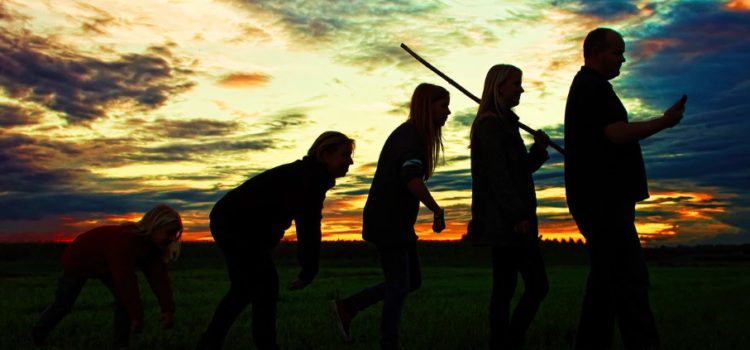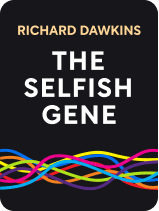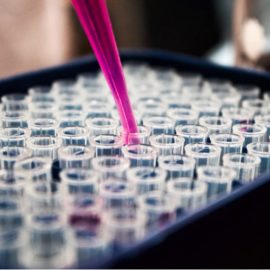

This article is an excerpt from the Shortform book guide to "The Selfish Gene" by Richard Dawkins. Shortform has the world's best summaries and analyses of books you should be reading.
Like this article? Sign up for a free trial here .
What is Richard Dawkins say about evolution? How does The Selfish Gene reframe evolution?
In The Selfish Gene, Richard Dawkins addresses evolution. He argues that current perspectives are too narrow and life should be viewed from the genetic level. But with evolution, Richard Dawkins identifies a phenomenon known as cellular bottlenecking.
Read on for more about Richard Dawkins, evolution, and cellular bottlenecking.
Richard Dawkins: Evolution Can Result in Cellular Bottlenecking
We’ll leave the topic of extended phenotypes for now, and consider an interesting quirk of reproduction. Basically, there are three key questions to consider when discussing how life evolved into the complex organisms we have today: Why did replicators group up into cells; why did cells group up into bodies; and why do bodies begin as single cells, with the purpose of creating more single-celled bodies? In other words, why is the life cycle bottlenecked down to a single cell at each end?
The first two questions have been addressed already. In short, complex organisms developed because that was the most stable strategy for their environments. The third question is related to the first two; clearly this bottlenecking strategy must be helpful, since it’s so ubiquitous.
In fact, it could be argued that the genetic bottleneck is key to creating individual organisms as we know them. For convenience’s sake, forget about sexual reproduction and all the genetic complications that come with it while considering this topic.
In an asexual species, any offspring should be exact clones of the parent, except for random mutations. If an organism did not reproduce by sending out single cells—for example, if it regrew from a broken piece of itself like many plants can—those individual mutated cells would be unlikely to have any impact on the offspring. Natural selection would be impossible under these circumstances, since it can only act when there’s diversity in the population. Furthermore, those mutated genes will now want to duplicate only themselves, rather than the entire organism they’re found in. In other words, the organism’s cells may end up competing against each other.
However, an organism that reproduces by sending out single-celled spores, for instance, would have that mutation copied in every cell of the new organism. According to Richard Dawkins, evolution and natural selection would be possible in this case. Also, since the cells within the organism all share the same genes, they’ll more readily cooperate with each other to make sure that organism survives and reproduces.
The orderly timeframes that are imposed by such a life cycle also make tight regulation of certain processes possible. It gives the organism clear phases of life, during which time-specific processes can happen. An organism that reproduces by breaking off and regrowing would not have such clear-cut life stages, which would make it difficult if not impossible for such processes to happen cleanly and efficiently. The fact that an organism begins as a single cell, and develops as countless copies of that cell, may be the very reason why organisms exist as distinct individuals.
From Gene to Ecosystem
In conclusion, let’s summarize the long path that life has taken, and why the gene should be considered the basis of all life. According to Richard Dawkins, evolution comes down to this. The origin of life anywhere in the universe, no matter what form it takes, must be some sort of replicating molecule. That molecule will first be formed by chance, but then will copy itself indefinitely. On Earth, that molecule happens to be DNA, which arranges itself into genes.
The replication process isn’t perfect, and various mutations emerge. Some of these mutations end up being helpful, and the molecules possessing them replicate more effectively. Less effective replicators are eventually squeezed out of the population due to lack of resources.
According to Richard Dawkins, evolution occurs when mutations build on top of mutations, and the vehicles that house these replicators become more and more complex. The effects of genes become more and more widespread, reaching beyond their vehicles to impact the world around them, and even other organisms. Those countless extended phenotypes, which all originate with those ancient replicator molecules, create the living world as we know it.

———End of Preview———
Like what you just read? Read the rest of the world's best book summary and analysis of Richard Dawkins's "The Selfish Gene" at Shortform .
Here's what you'll find in our full The Selfish Gene summary :
- Why organisms don't matter, only genes do
- How all life forms begin with a replicating molecule
- How species need to balance aggression and pacifism to survive






